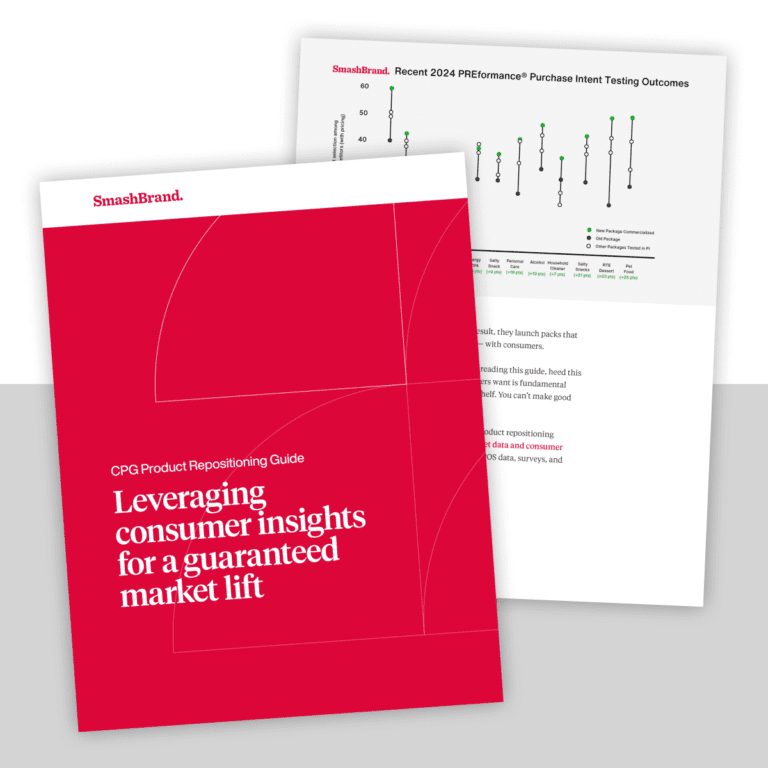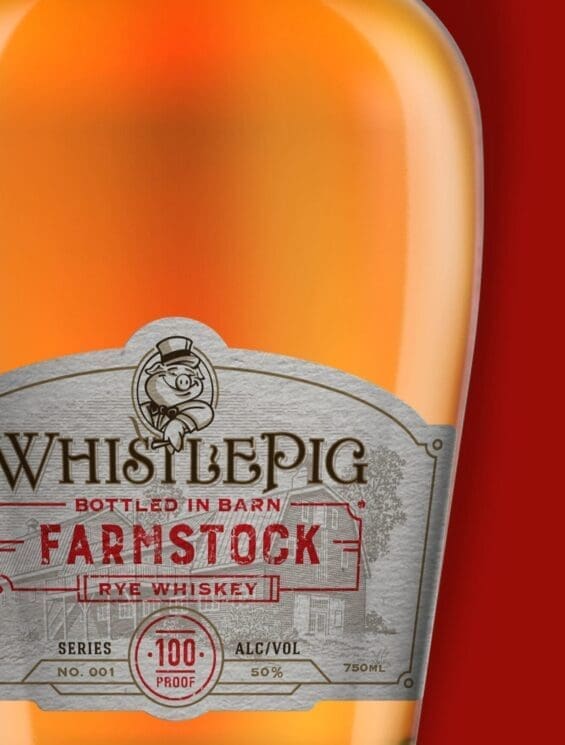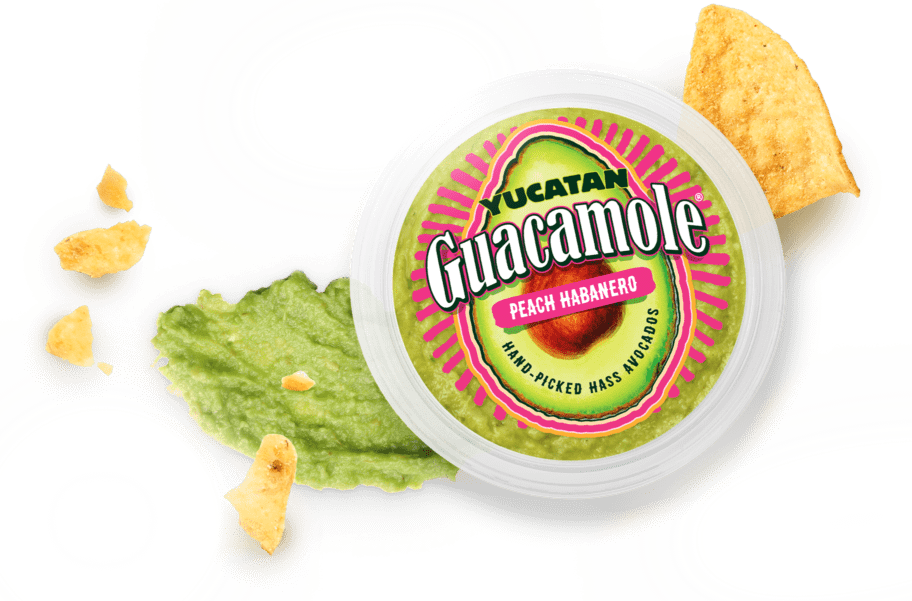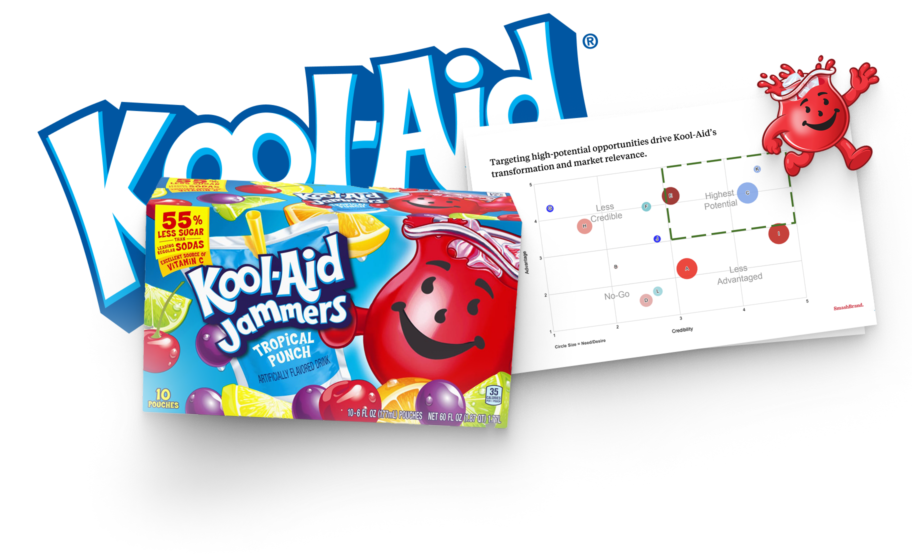Three out of four consumers buy with their eyes first. They don’t care about your awards or your story if your spirits packaging design doesn’t earn their attention in three seconds flat. That’s how fast they decide if your bottle feels worth the value, if your closures look premium, and if your craftsmanship communicates quality they can trust.
Still, most brands guess. They blindly follow alcohol packaging design trends, change labels, or rework liquor packaging to look “fresh.” But pretty doesn’t sell proof, does it? Guesswork costs millions and consumer confidence.
In this article, you’ll find what turns good spirits packaging design into performance. Real insight, real data, and the hard truths behind how packaging design builds trust, moves products, and wins before the first shopper interview ever begins.
What performance really means in spirits packaging design.
In modern spirits packaging design, performance means building a design system that delivers measurable outcomes. It proves that every visual decision, every texture, label finish, or closure detail, increases value, builds trust, and earns real market traction. At SmashBrand, we measure success the same way people shop: fast, intuitive, and emotional. It’s not about opinions; it’s about what the consumer’s eye, hand, and instinct tell them.
The brands winning today understand that omnichannel packaging design is a behavioral exercise. Your wine packaging design, your ready-to-drink spirit, and your full-size hero bottle all live across shelves, feeds, and screens simultaneously. That means your packaging has to outperform everywhere: in-store, online, and in-hand.
The difference between looking premium and performing premium.
Most spirits products already look premium. Heavy glass, embossed logos, sleek metallic finishes, they’ve all become part of the visual noise. But performing a premium is different. It’s when design communicates effortless value and authenticity that people believe, without explanation.
It’s when your spirit earns trust, not because it’s ornate, but because it’s clear, confident, and consistent across every touchpoint. Actual performance is emotional credibility backed by measurable proof, where a brand’s craftsmanship aligns with consumer expectation, not design vanity. Because in the end, the most premium look isn’t the most detailed, it’s the one that sells.
Core KPIs for packaging performance.
If design doesn’t move numbers, it doesn’t perform. Every great bottle, wine, or spirit dominating shelf and screen has one thing in common: the packaging has been validated against real consumer behavior. These are the three KPIs that separate award-winning design from shelf-winning design.
- Purchase intent uplift: measures exactly the percentage increase in consumers who choose your product after a redesign versus before. It’s the most direct line between creativity and ROI. For instance, when Cutwater Spirits refreshed its liquor packaging, the brand tested how color hierarchy, flavor clarity, and variant naming influenced consumer choice.
- Shelf visibility and recognition: measures how quickly and how often consumers notice your pack in a competitive lineup. The stronger the visual differentiation, the higher the recognition rate. Take Absolut, for example. Their minimalist bottle and distinctive silhouette are a recognition system.
- Brand recall and emotional connection: measure how easily consumers remember your product after exposure and how they feel about it. Hennessy and The Macallan are prime examples. Both balance consistent design architecture with subtle evolution, modern cues layered onto heritage codes.
Why data validation is critical.
In spirits packaging design, every curve of the bottle, every closure, every design detail affects how consumers perceive quality, value, and trust. That’s why performance is engineered through testing. Structural craftsmanship can make or break a brand.
Done right, it drives recall and reinforces identity, like Clase Azul’s collectible silhouette or Absolut’s unmistakable form. Done wrong, it wastes budget, breaks production, or frustrates the user. Testing helps brands know the difference. It reveals when a unique structure delivers real distinction and when it’s just an expensive distraction.
Big brands often move too fast; emerging ones, too soon. Validation finds the balance, turning bold ideas into proven performance. Because in this category, packaging doesn’t just look good; it works hard.
The modern consumer mindset.
Today’s spirits consumers buy what feels right. They make decisions fast, guided by emotion, memory, and design cues that signal trust, quality, and authenticity. In modern alcohol packaging design, performance comes from understanding how people think before they drink.
A perfect beverage packaging design balances visual impact with restraint, creating clarity in a crowded category. It uses white space in packaging design not as emptiness, but as confidence, proof that a brand knows who it is and who it’s for. And while luxury packaging still matters, modern consumers respond more to relevance than to opulence.
Here’s how that mindset translates into design behaviors every spirits brand must understand:
Consumers are flavor-led, experience-driven, and choice-fatigued.
Consumers don’t want another SKU; they want a decision made easier. The explosion of RTDs and sub-flavors has created choice paralysis. Design that performs removes friction. It leads with flavor first, not identity politics. Strong brands treat flavor as a headline, not a footnote.
That means simplifying the architecture, color-coding variants, establishing a hierarchy that places “Spiced Pineapple” above “Hard Seltzer,” and using visual cues that trigger taste memory before the label is even read. When you reduce cognitive load, you increase conversion.
The rise of “real spirits” as a signal of authenticity and taste.
In the spirits category, “real” is currency. Consumers believe they can taste authenticity, even when they can’t measure it. “Made with real spirits” has become the single most persuasive credibility trigger in the category. Winning designs pair that message with tactile proof, paper stock with tooth, matte finishes, and visible glass texture.
You’re not just saying “real”; you’re letting them feel it. That’s where craftsmanship becomes sensory marketing. And it’s why every high-performing alcohol packaging design finds balance between polish and imperfection.
Desire for premiumization without pretension.
The premiumization trend is all about justification. Consumers are happy to pay more, but only if the experience feels proportionate to the price. The problem is, most brands mistake “premium” for “ornate.”
True luxury packaging performs because it signals restraint. Every design element has purpose: typography that feels deliberate, finishes that look expensive but not excessive, proportions that breathe. White space in packaging design becomes part of the brand voice—confident silence rather than visual noise.
Younger drinkers buy based on visual cues of taste.
Gen Z and millennial drinkers aren’t rebelling against brands; they’re ignoring them. They buy based on perceived experience, not legacy. To them, flavor is the logo.
These consumers decode visual cues subconsciously: yellow conveys tropicalness, black conveys depth, and transparency conveys honesty. The most successful packaging design translates sensory cues into immediate understanding. When a drink looks flavorful, they assume it is. If your bottle doesn’t telegraph taste in thumbnail view, you’ve already lost the sale.
Emotional triggers that influence trial.
Trial happens when packaging strikes three notes in harmony: taste, trust, and clarity.
- Taste is visual: achieved through color, shape, and texture.
- Trust is structural: conveyed through precision, typography, and material quality.
- Clarity is narrative: one reason to believe, told in three seconds or less.
In high-performing alcohol packaging, those triggers don’t compete for space; they’re sequenced intentionally. Excellent packaging guides the eye, delivers proof, and ends with emotion.
The core drivers behind high-performing spirits packaging.
Design performance is built through alignment. The strongest spirits packaging connects consumer psychology to brand truth, translating how people think into what they buy. When design performs, it’s because every visual and verbal cue serves a measurable purpose. These five drivers define that discipline.
Taste expectation.
If flavor doesn’t lead, nothing else matters. Consumers buy the promise of taste long before they experience it. Color, texture, and naming must work together to make that taste tangible. In practice, that means removing creative ambiguity.
Warm tones for richness, sharp tones for citrus, matte finishes for depth, and visual language that mirrors flavor intention. Even naming matters: “Citrus Vodka” is information; “Zested Lime” is sensation.
Authenticity and provenance.
Consumers crave brands that feel honest about where and how they’re made. Authenticity performs when it’s specific. “Distilled in Austin, Texas” builds more credibility than “crafted with care.” Provenance becomes a visual asset: embossed coordinates, regional icons, production year. The most innovative brands keep storytelling succinct, one line, one truth, no filler.
Channel versatility.
Winning on shelf and screen requires dual fluency. Retail is about stopping power; e-commerce is about comprehension. Both must work seamlessly within one design system. Shelf-first clarity means legibility from six feet away: bold flavor cues, strong silhouette, defined contrast. Screen-first trust demands that those exact details translate at thumbnail scale, visible craft, concise claims, and fast readability.
Sustainability as modern credibility.
Sustainability is no longer a differentiator; it’s a baseline expectation. But performative greenwashing kills credibility faster than doing nothing at all.
Today’s consumers reward quiet responsibility, recyclable glass, reduced secondary packaging, responsible sourcing statements, not sustainability theater. Subtle, specific cues (“Crafted with 100% recycled glass”) outperform vague virtue claims (“Eco-friendly brand”).
Common mistakes that undercut spirits packaging design performance.
Most packaging failures don’t happen because the design is bad. They fail because teams fall in love with their own opinions. When you design from preference rather than proof, you create packaging that flatters the conference room rather than the consumer.
Here are the five habits that quietly kill performance in spirits packaging design.
Designing for Internal Preference Instead of Consumer Data.
Too many decisions are made by people who will never buy the product. Internal taste shouldn’t outweigh consumer truth. When teams skip testing, they gamble millions on subjective instinct. The result: beautiful bottles that don’t convert. Testing tells you what drives purchase, not what wins design awards.
Overdecorating.
Complexity isn’t craftsmanship; it’s insecurity dressed up as design. More foils, flourishes, and layers don’t make a spirit feel premium; they make it harder to read. True craft is invisible. It’s proportion, material, and restraint. If your design needs explanation, it’s already underperforming.
Unclear Message Hierarchy.
Consumers don’t read paragraphs; they scan promises. When every line fights for attention, nothing lands. Effective alcohol packaging uses a disciplined hierarchy: brand > flavor > proof point > claim. You earn clarity by cutting noise. Every word that doesn’t drive a decision is friction.
Ignoring Retail Readiness When Launching DTC-First.
A design that wins online doesn’t always survive the shelf. Minimalist DTC layouts often collapse in physical retail, too much white, not enough visibility. High-performing brands build dual fluency: intense color blocking for the aisle, concise hierarchy for the screen.
Health-Washing or Overclaiming Credibility Cues.
Nothing erodes trust faster than overstating purity or wellness. Claims like “clean,” “guilt-free,” or “zero everything” create skepticism in a category built on indulgence. Authentic performance comes from transparency, clear ingredient language, measured ABV, or a credible sustainability cue. Say less, mean more. Honesty outperforms hype.
The process of crafting a spirits packaging design that wins.
At SmashBrand, every project runs through one integrated framework: Strategy, Design, and Testing. This system eliminates the guesswork and helps build clean, efficient, and reliable packaging systems that perform. The following outlines the complete process for engineering packaging for Spirit brands.
Strategy: Starting with the Category Baseline
Before a single sketch, we test the category. Baseline testing identifies the real purchase drivers in your competitive set, what consumers actually respond to, not what we assume they do. In spirits, that means isolating how flavor, price, alcohol type, and authenticity claims drive choice.
The insights become your strategic foundation, a data-backed brief that defines opportunity, white space, and visual direction before design even begins. Strategy removes risk from creativity. It replaces “what if” with “here’s why.”
Design: Evidence-Based Creativity
Design should never start with style; it should begin with stimulus. Every visual and verbal decision (i.e., color, typography, naming, texture) ties back to the data uncovered in strategy. This is where the creative team translates behavioral triggers into brand language: if the data says “real spirits” drives trust, that cue becomes visual hierarchy. If “bold flavor” drives trial, color contrast and naming lead the layout. The outcome is a design that looks inspired but behaves intentionally, artistry built on evidence.
Testing: Validation That Predicts Performance
No design leaves the studio without proof. Design diagnostics test performance against competitors, how fast consumers find it, how strongly they recall it, and whether they’d buy it. We measure clarity, shelf visibility, emotional connection, and purchase intent. The testing doesn’t just tell us what works; it reveals why. That insight refines the final execution before it ever reaches production.

Nice Package
Don’t miss out on our monthly newsletter Nice Package!
Each month, we deliver a data-driven newsletter directly to your inbox, unpacking a critical topic in the FMCG & CPG industry.
"*" indicates required fields
Data-driven Spirits packaging design that wins on retail shelves.
SmashBrand is a data-driven spirits packaging design agency that builds brands to perform, not just impress. We create packaging that drives purchase intent, earns shelf visibility, and builds emotional connection, because every element is tested, refined, and proven to sell before it ever reaches the consumer.
Our process measures what matters: identifying purchase drivers, translating them into design cues, and validating performance through real consumer data. The result is packaging that wins on shelf, online, and in-hand, engineered not for opinions, but for outcomes.
Subscribe to
Nice Package.
SmashBrand’s Nice Package: Stay current with our latest insights
Free Resource.

CPG product repositioning guide.
Explore the five undeniable signs your CPG product needs repositioning along with strategies for leveraging consumer insights for a guaranteed market lift.
Download Whitepaper About CPG product repositioning guide.


